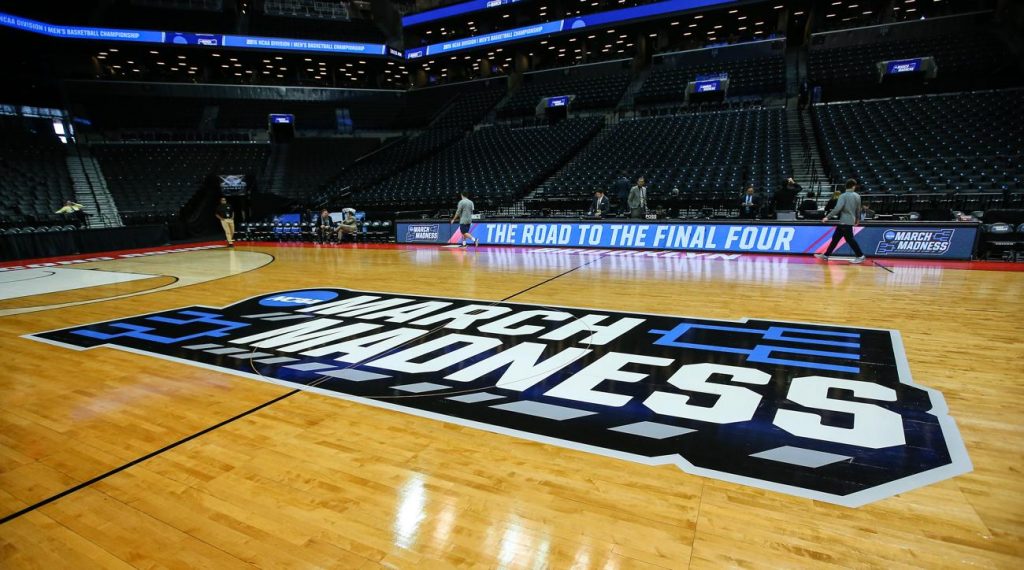When the NCAA announced its plans for the upcoming men’s and women’s basketball season amid the COVID-19 pandemic, Oct. 14 was denoted as the official start of the preseason. With the first day of games set for Nov. 25, teams were allowed to start their official practices yesterday.
However, while schools across the country begin their preparations for what is shaping up to be an unusual year of college basketball, Binghamton’s teams were not be able to participate in the first official day of practices due to the escalating number of COVID-19 cases on campus. Part of the two-week shutdown of in-person classes announced by the University last week included the suspension of all in-person activities for BU’s varsity athletics teams, which were in the process of returning to full-team practices.
In September, the NCAA released several guidelines regarding the current health situation that set the standard for the restart of college basketball in late November. The Core Principles of Resocialization of Collegiate Basketball were developed in consultation with the NCAA Sport Science Institute and the NCAA COVID-19 Medical Advisory Group.
When the NCAA first initiated conversations in April about the return to sports, the predicted trajectory of COVID-19 was a steep decline by July and the inevitable return of NCAA basketball. However, that was not the result, as the number of cases spiked toward the end of June and beginning of July in most states. Due to the increase in cases, most conferences, including the America East, decided to postpone all fall sports to the spring semester. The NCAA has since moved its fall championships to the spring as well.
The guidelines that were released in regard to restarting the season safely include procedures for testing, travel considerations and access to the court and bench areas. The guidelines suggest that all players and personnel, including referees, should be tested three times per week on nonconsecutive days throughout the season.
While on the bench, coaches and players may not be required to wear masks and socially distance from each other, but they will be required to keep distance from other personnel not directly involved in the team.
Other core principles include isolating positive cases, sanitizing facilities, using disinfectants in high-traffic common areas, reducing team travel and monitoring the athletics workforce for indicative symptoms and preventing anyone who is symptomatic from physically returning to work until cleared by a medical professional.
“The guidelines reflect recommendations from collaboration with the NCAA COVID-19 Medical Advisory Group, which features representatives from across the membership,” said NCAA Chief Medical Officer Brian Hainline. “We will continue to work with them and others from the Association in safeguarding student-athlete well-being.”
The NCAA consulted scientific officials to formulate these guidelines. The NCAA COVID-19 Advisory Group includes the National Athletic Trainers’ Association, the American Medical Society for Sports Medicine and a list of other expert authorities in the field.
“This basketball resocialization guidance is based on the best information available in a rapidly changing COVID-19 environment,” said NCAA President Mark Emmert. “[The restart is] predicated on the assumption that rapid testing capabilities will be readily available later this year. We will constantly assess emerging information as we prepare for the start of the basketball season at the end of November.”
As schools continue to adjust to this new normal with social distancing and contact tracing in place, the college basketball season looms overhead. Given the significant loss of shared revenue due to the cancellation of last season’s men’s basketball tournament, finding a safe way to resume play is key for the NCAA and its institutions.



